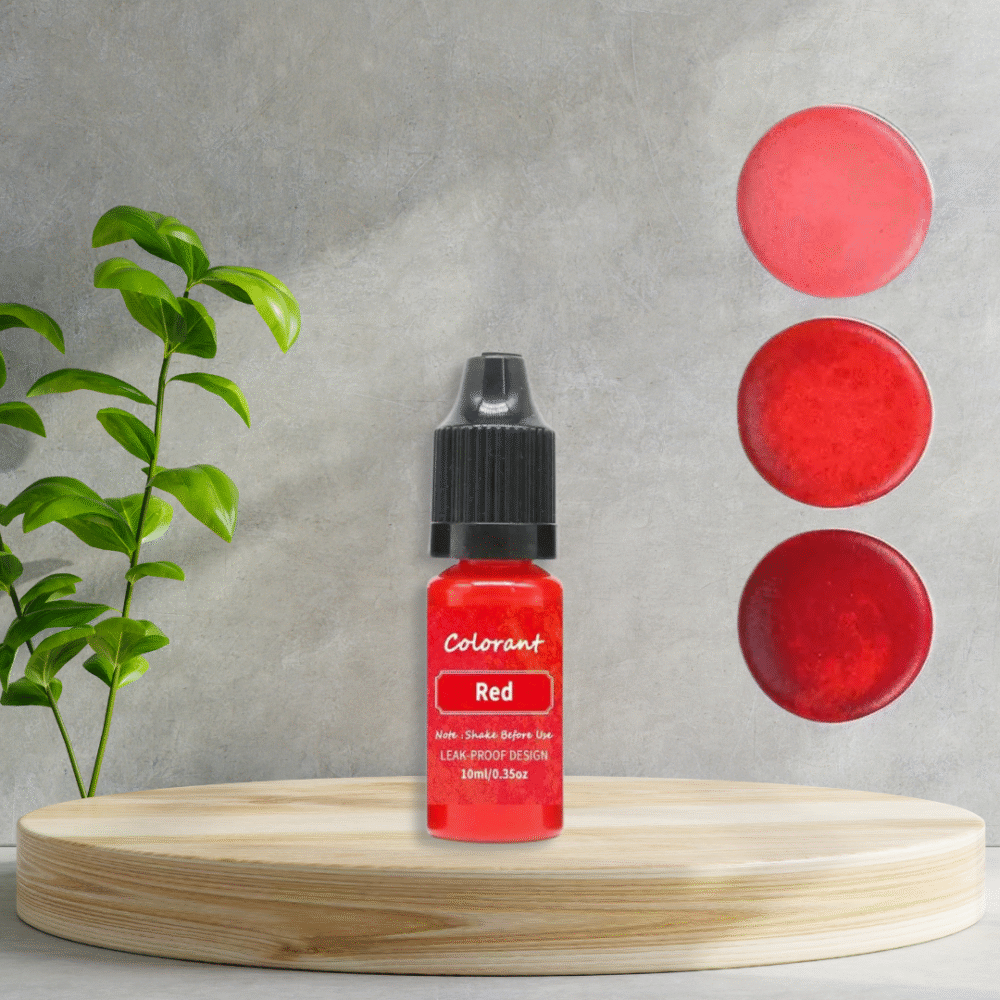Creating candles with a captivating scent requires an understanding of how to use fragrance oils effectively with different types of wax. Both soy and paraffin wax have unique properties that affect fragrance throw, how the candle burns, and the overall scent experience. In this blog, we’ll walk you through the best practices for mixing fragrance oils into soy and paraffin wax, recommended fragrance oil percentages, and tips for achieving a strong, long-lasting scent throw.
Understanding Fragrance Throw in Candles
Fragrance throw refers to how well the scent disperses from the candle. There are two types of fragrance throw:
- Cold Throw: The scent emitted by the candle when it is unlit.
- Hot Throw: The scent emitted when the candle is burning.
Achieving a good scent throw depends on several factors: the type of wax, the fragrance oil quality, the percentage of fragrance oil used, and the candle-making process.
Soy Wax vs. Paraffin Wax: How They Hold Fragrance
- Soy Wax: Natural and eco-friendly, soy wax burns slowly and evenly, but it has a lower fragrance throw compared to paraffin. It requires a bit more attention to achieve a strong scent, especially with cold throw.
- Paraffin Wax: Known for a strong fragrance throw, paraffin wax holds scent well and disperses it more efficiently when burned. It burns at a higher temperature, which helps amplify the hot throw of fragrance oils.
Each type of wax has different fragrance retention capabilities, so finding the ideal balance of fragrance oil percentage is key for achieving the best scent throw.
Ideal Fragrance Oil Percentages for Soy and Paraffin Wax
The percentage of fragrance oil you should add to the wax is called the fragrance load. Each wax type has a maximum load capacity, usually between 6% and 10%.
Recommended Fragrance Oil Percentages:
- Soy Wax: Typically between 6% to 10% for best results.
- Paraffin Wax: Can hold up to 10%, but 6% to 8% is often enough for a strong scent throw.
To calculate the amount of fragrance oil needed:
- Determine the total weight of your wax.
- Multiply the weight of the wax by your desired fragrance percentage.
Example: If you’re using 500g of soy wax and want an 8% fragrance load: 500g x 0.08 = 40g of fragrance oil.
Step-by-Step Guide to Mixing Fragrance Oil in Soy and Paraffin Wax Candles
- Melt the Wax Properly:
- Soy Wax: Melt soy wax to 77°C to 85°C for optimal fragrance absorption.
- Paraffin Wax: Melt paraffin wax to around 82°C.
- Measure the Fragrance Oil:
- Use a digital scale for accuracy. Measure out the correct amount based on your desired fragrance load.
- Add the Fragrance Oil at the Right Temperature:
- Soy Wax: Add fragrance oil once the wax has cooled slightly to around 79°C. This temperature allows the soy wax to bind effectively with the fragrance oil, optimizing the cold and hot throw.
- Paraffin Wax: Add fragrance oil at 82°C or just below. This ensures the oil incorporates fully, leading to a powerful scent throw when burning.
- Stir Thoroughly:
- Stir for at least 2 to 3 minutes to ensure the fragrance oil is evenly distributed in the wax. Stirring is crucial for achieving a consistent fragrance throw and preventing uneven scent distribution.
- Pour at the Correct Temperature:
- Soy Wax: Pour between 57°C to 60°C to minimize frosting and enhance cold throw.
- Paraffin Wax: Pour between 65°C to 71°C for a smooth, professional finish.
Tips for Boosting Scent Throw
- Choose High-Quality Fragrance Oils: Not all fragrance oils are created equal. Higher quality oils specifically designed for candles offer better scent retention and throw.
- Cure Time: Allow candles to cure for 1 to 2 weeks after pouring. During curing, the fragrance binds more deeply with the wax, leading to a more robust scent throw. Soy wax, in particular, benefits from a longer curing period.
- Use Additives (Optional): For paraffin candles, additives like Vybar can be used to increase fragrance oil retention. Be cautious with additives in soy wax, as they can disrupt the natural qualities of the wax.
- Choose the Right Wick: A wick that’s too small may not burn hot enough to release the scent, while a wick that’s too large can burn too quickly, leading to excess soot. Ensure your wick is sized correctly for your wax and fragrance load.
- Experiment with Fragrance Blends: Some fragrance oils have a stronger throw than others. Mixing top notes (like citrus) with base notes (like vanilla or sandalwood) can create a balanced, long-lasting scent.
Troubleshooting Common Scent Issues
- Weak Hot Throw: If your candle smells strong when cold but lacks scent when burning, you may need to increase the fragrance load or ensure the wax temperature is ideal when adding fragrance oil. Also, check that the wick is appropriate for the wax and container size.
- Excess Soot or Smoke: If your candle is producing soot, it could be from a high fragrance load, a wick that is too large, or an incorrect wax-to-fragrance ratio. Trim the wick to around 5cm before each burn.
- Uneven Scent: Ensure you are stirring the wax thoroughly after adding fragrance oil and allowing the candle to cure for at least a week for optimal scent distribution.
Whether you prefer the natural qualities of soy wax or the intense scent throw of paraffin, achieving the perfect fragrance balance in candles takes practice and attention to detail. By understanding the specific needs of each wax and carefully measuring your fragrance oils, you can create beautiful, aromatic candles that fill any space with delightful scents.
At Holistic Emporium, we provide high-quality fragrance oils and candle supplies to help you get started on your candle-making journey. From choosing the right wax to selecting fragrances, our resources are here to ensure you have everything you need for making the perfect soy or paraffin candle. Happy candle-making!

















